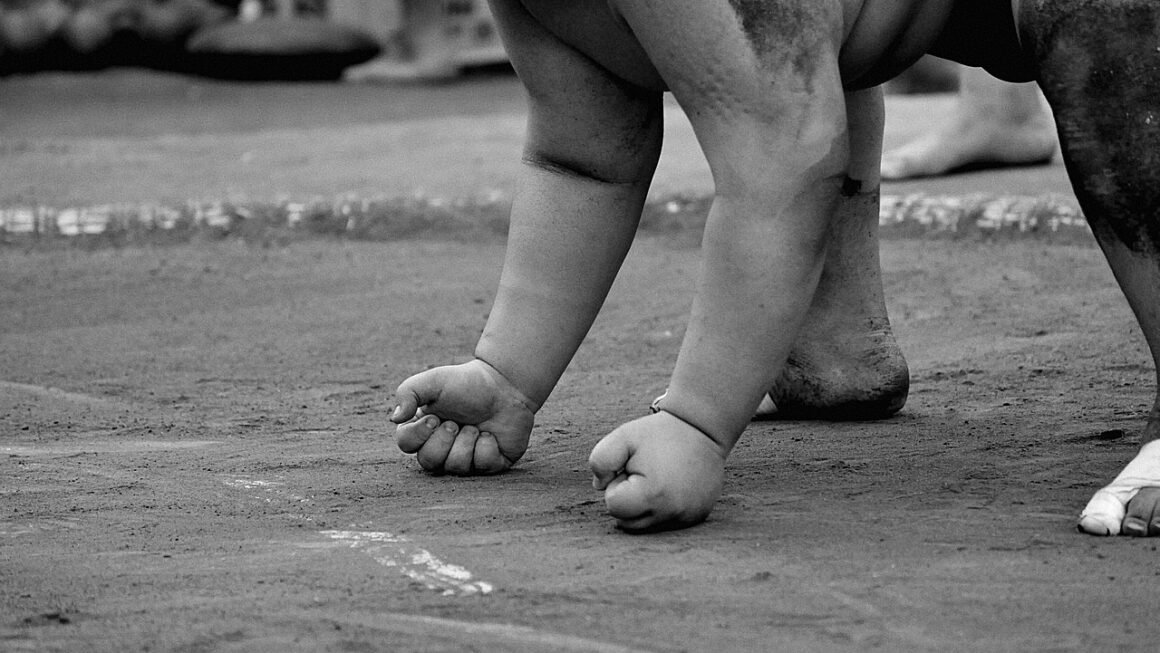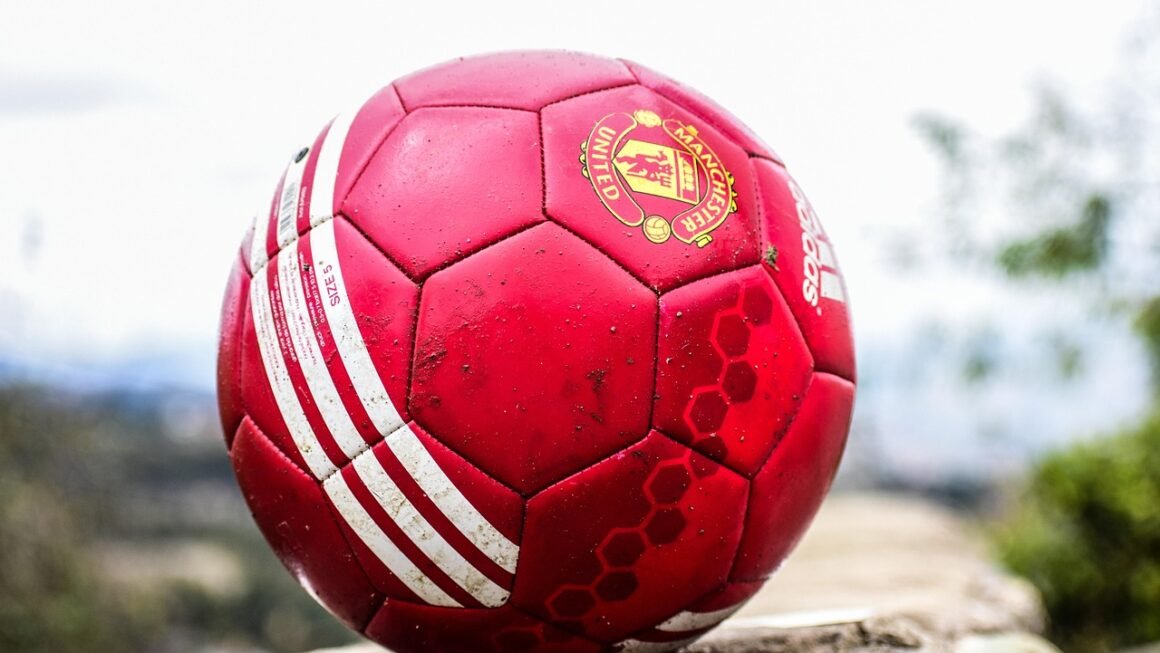Rowing, often perceived as a sport exclusive to elite athletes or academics, is actually an incredibly accessible and rewarding activity for people of all ages and fitness levels. Whether you’re looking for a challenging workout, a way to enjoy the outdoors, or a new social outlet, rowing offers a unique combination of physical and mental benefits. This comprehensive guide will explore everything you need to know about rowing, from its fundamental techniques to its various disciplines, helping you understand why it’s a sport worth considering.
The Allure of Rowing: Why Choose This Sport?
Rowing engages nearly every muscle group in your body, providing a full-body workout that is both efficient and low-impact. It’s a fantastic way to improve cardiovascular health, build strength and endurance, and enjoy the camaraderie of a team.
Physical Benefits of Rowing
Rowing offers a plethora of physical advantages. Here are some key highlights:
- Full-Body Workout: Rowing engages approximately 85% of your muscles, making it an efficient way to build overall strength. It works your legs, core, back, and arms simultaneously.
- Cardiovascular Health: Rowing is an excellent cardiovascular exercise, improving heart health and lung capacity. Regular rowing can lower blood pressure and reduce the risk of heart disease.
- Low Impact: Unlike high-impact activities like running, rowing is gentle on your joints, making it a suitable option for people of all ages and fitness levels, including those with joint pain.
- Improved Posture: The rowing stroke encourages proper posture, helping to strengthen back muscles and reduce the risk of back pain.
- Weight Management: Rowing burns a significant amount of calories, contributing to weight loss and maintenance. A 150-pound person can burn approximately 300-400 calories per hour of rowing.
Mental and Social Advantages
Beyond the physical, rowing has significant mental and social benefits:
- Stress Relief: The rhythmic nature of the rowing stroke can be incredibly meditative and relaxing, reducing stress and anxiety.
- Improved Focus: Rowing requires concentration and coordination, which can improve focus and cognitive function.
- Teamwork and Camaraderie: Rowing is often a team sport, fostering teamwork, communication, and a sense of camaraderie.
- Connection with Nature: Rowing allows you to enjoy the outdoors, whether on a river, lake, or ocean, providing a connection with nature that can be therapeutic.
- Discipline and Goal Setting: Training for rowing requires discipline and goal setting, which can translate into other areas of your life.
Understanding the Rowing Stroke: Technique and Mechanics
Mastering the rowing stroke is crucial for both efficiency and injury prevention. The stroke can be broken down into four key phases: the catch, the drive, the finish, and the recovery.
The Catch
The catch is the beginning of the rowing stroke, where the oar blade enters the water.
- Body Position: Lean forward from the hips with a straight back, keeping your arms extended and your shoulders relaxed.
- Blade Placement: Square the blade perpendicular to the water and place it smoothly into the water, using your wrists to control the blade angle.
- Key Tip: Focus on engaging your core and legs from the very beginning of the stroke.
The Drive
The drive is the power phase of the stroke, where you propel the boat forward.
- Leg Drive: Initiate the drive by pushing strongly with your legs, keeping your back straight and your core engaged.
- Back Angle: As your legs extend, begin to lean back slightly from the hips, maintaining a straight back.
- Arm Pull: Once your legs are nearly fully extended and you’ve reached a point of comfortable lean, engage your arms to pull the oar towards your chest.
- Key Tip: The power should come primarily from your legs, with your back and arms providing assistance.
The Finish
The finish is the end of the power phase, where the oar blade is removed from the water.
- Body Position: Lean back slightly from the hips, keeping your back straight and your core engaged.
- Arm Position: Pull the oar handle into your chest, keeping your elbows close to your body.
- Blade Feather: Rotate your wrists to feather the blade, turning it parallel to the water surface.
- Key Tip: Maintain a controlled finish to avoid rocking the boat.
The Recovery
The recovery is the preparation phase for the next stroke, where you return to the catch position.
- Arm Extension: Extend your arms forward towards the catch position, keeping your shoulders relaxed.
- Body Angle: Lean forward from the hips, maintaining a straight back.
- Slide Forward: Slide your seat forward along the tracks, allowing your knees to bend as you approach the catch position.
- Key Tip: The recovery should be smooth and controlled, allowing you to prepare for the next powerful stroke.
Types of Rowing: Sculling vs. Sweep
Rowing can be broadly classified into two main types: sculling and sweep rowing. The primary difference lies in the number of oars each rower uses.
Sculling
In sculling, each rower uses two oars, one in each hand. Sculling boats include singles (1x), doubles (2x), and quads (4x).
- Singles (1x): One rower using two oars. This is the most challenging but also the most rewarding, requiring excellent balance and technique.
- Doubles (2x): Two rowers, each with two oars. This requires excellent synchronization and communication.
- Quads (4x): Four rowers, each with two oars. This is a fast and exciting boat that requires precision and teamwork.
Sweep Rowing
In sweep rowing, each rower uses only one oar. Sweep boats include pairs (2-), fours (4- or 4+), and eights (8+).
- Pairs (2-): Two rowers, each with one oar. This requires strong teamwork and balance. “2-” indicates a coxswainless pair.
- Fours (4- or 4+): Four rowers, each with one oar. 4- indicates a coxswainless four, while 4+ indicates a coxed four with a coxswain who steers the boat and provides commands.
- Eights (8+): Eight rowers, each with one oar, plus a coxswain. This is the fastest and most prestigious type of rowing boat, requiring exceptional teamwork and coordination.
Choosing the Right Type of Rowing
The best type of rowing for you depends on your personal preferences and goals. If you prefer to row independently and enjoy a challenge, sculling might be a good choice. If you enjoy teamwork and camaraderie, sweep rowing might be a better fit.
Getting Started with Rowing: Resources and Tips
Ready to dive into the world of rowing? Here’s how to get started:
Finding a Rowing Club or Program
- Online Search: Use online search engines to find rowing clubs or programs near you.
- Local Universities: Many universities have rowing programs that are open to the public.
- Community Centers: Check with your local community centers or recreation departments for rowing classes or programs.
- Boating Organizations: Contact national boating organizations for information on rowing clubs and resources in your area.
Essential Equipment and Gear
- Rowing Machine (Ergometer): A rowing machine is an excellent tool for training indoors and practicing your technique.
- Comfortable Clothing: Wear comfortable, breathable clothing that allows for a full range of motion. Avoid loose clothing that could get caught in the oar.
- Proper Footwear: Wear athletic shoes or rowing shoes that provide good support and traction.
- Gloves (Optional): Some rowers prefer to wear gloves to protect their hands from blisters.
- Sunscreen and Hat: Protect yourself from the sun with sunscreen and a hat, especially when rowing outdoors.
Safety Considerations
- Learn to Swim: Rowing requires being comfortable in the water.
- Understand Water Safety: Be aware of water conditions, weather forecasts, and potential hazards.
- Follow Instructions: Listen carefully to your coach or instructor and follow their instructions.
- Wear a Life Jacket (If Necessary): In some situations, wearing a life jacket may be required or recommended.
- Warm-Up and Cool-Down: Always warm up before rowing and cool down afterward to prevent injuries.
Indoor Rowing: Ergometer Training
Indoor rowing, also known as ergometer training, is a valuable tool for rowers of all levels. It allows you to train year-round, regardless of weather conditions, and provides a controlled environment for focusing on technique and performance.
Benefits of Ergometer Training
- Year-Round Training: Continue training even when you can’t get on the water.
- Technique Refinement: Focus on improving your rowing technique without the distractions of the water.
- Performance Monitoring: Track your performance metrics, such as distance, time, and stroke rate, to monitor your progress.
- Convenience: Train in the comfort of your own home or at a gym.
- Cross-Training: Ergometer training is a great cross-training activity for athletes in other sports.
Ergometer Workouts
- Steady-State Rowing: Row at a consistent pace for an extended period of time to improve cardiovascular endurance. For example, row for 30-60 minutes at a moderate intensity.
- Interval Training: Alternate between high-intensity bursts and periods of rest or low-intensity rowing to improve speed and power. For example, row 500 meters at a fast pace, followed by 2 minutes of easy rowing, and repeat 6-8 times.
- Technique Drills: Focus on specific aspects of the rowing stroke, such as the catch, the drive, the finish, or the recovery. For example, perform 10 minutes of rowing with a focus on maintaining a consistent stroke rate and proper posture.
- Pyramid Workouts: Gradually increase the intensity and duration of each interval, then gradually decrease them. For example, row 250m, 500m, 750m, 1000m, 750m, 500m, and 250m with short rest periods in between.
Conclusion
Rowing is more than just a sport; it’s a lifestyle. It offers a unique combination of physical, mental, and social benefits, making it a rewarding activity for people of all ages and backgrounds. Whether you’re looking to improve your fitness, challenge yourself mentally, or connect with a supportive community, rowing has something to offer. So, take the plunge, find a local rowing club, and discover the joys of gliding across the water. You might just find your new passion.



